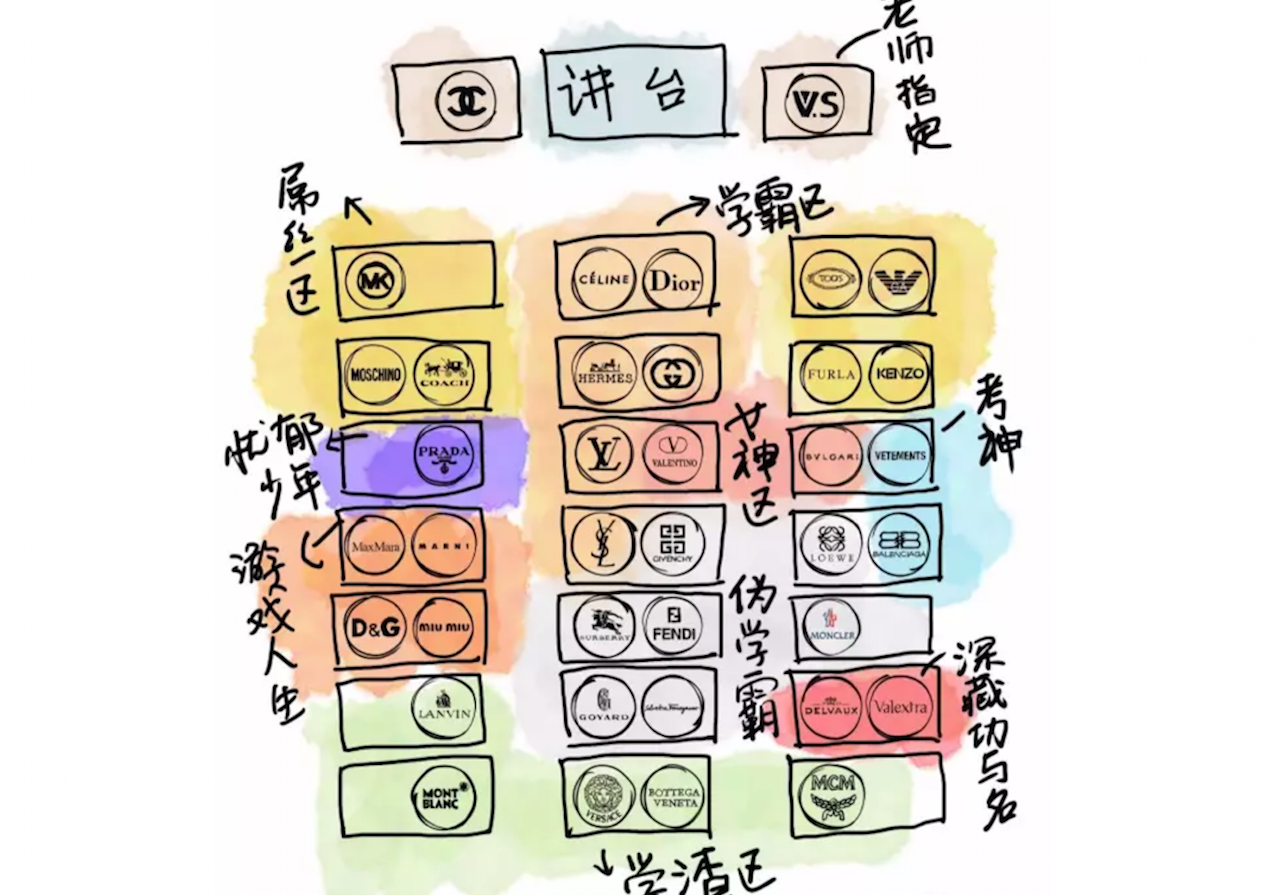What:#
As many luxury brands are still hesitantly trying to keep up with the digital trend, luxury skincare and makeup brand La Mer has been successfully running its Tmall flagship store for over two years.
At the opening of its first concept store in Shanghai in July, many decorative details of the event featured the Tmall theme. The brand seemed very pleased with the performance of its Tmall store. While it didn’t disclose any numbers or other detailed information, it told local media that its sales have been steadily growing since it opened the Tmall store in 2015. In this year’s promotional Tmall event in June, it reported six-fold sales increase compared to last year.
The online store also helped the brand reach a younger and wider consumer base: 77 percent of its online customers are under 35 years old, many living in second or third tier cities that have no La Mer counters; on average, they are five years younger than the brand's regular consumers.
Estée Lauder, La Mer’s parent company, said in its latest quarterly report that strong sales and earnings in China “reflected an increase in online sales primarily driven by marketing and promotional events, as well as targeted expanded consumer reach.”
High Points:#
La Mer has been able to maintain its image as a luxurious professional skincare brand on Tmall, while using the platform as a marketing tool to reach out to young consumers and further interactions.
On the one hand, it worked hard to maintain its style and services online, bridging online and offline experiences seamlessly. On the other hand, it took a risk in trying new ideas: offering half-sized or even quarter-sized packages, releasing limited editions online only, and working with KOLs, among other tactics.
How it works:#
The brand reportedly spent over a year preparing for its Tmall launch: it carefully designed the front page with its signature aquarium theme; every package would go through 18 steps of processing—it takes half an hour to complete; its beauty advisers would work as online customer service staff from time to time, to ensure online service is professional as well.
Upon opening the Tmall store, it released a 15,000 limited-edition face cream in mother-of-pearl cases by Boucheron, a luxury jewelry house. In the following two years, it tried different limited editions and first releases online, making the Tmall store an important marketing platform for the brand.
However, the real effort was spent on marketing La Mer products to younger consumers and first-time buyers. It offered its products in small packages, half-size or even quarter-size, which can be priced lower and thus more accessible to these customers. A 15ml cream sold for 760 yuan (112) was once the top seller among high-end skincare products. It also released younger lines targeting this group specifically.
To further improve the online experience, La Mer recently combined its online and offline membership programs. Both online and offline information about a customer’s activities would be analyzed together; the customer, in the meantime, is able to enjoy both VIP offline services and the convenience of shopping online.
Tips:#
- Maintain the luxury image. It’s hard to manage a brand's image when customers are engaging remotely, sitting in front of a computer or mobile screen. That’s why brands need to get every detail right: the look of the front page, the package, the delivery service and the online experience.
- Be creative. Don’t be afraid to surprise customers. Young consumers want unique products and experiences. Opt for new products, new channels, or simply new packaging. Give it a try.
- Integrate online and offline efforts. Online channels and offline channels work very differently and might target very different consumer bases, but it’s essential to bridge the two to provide an integrated experience for customers.
*Sales and numbers on customers are based on local media reports.



